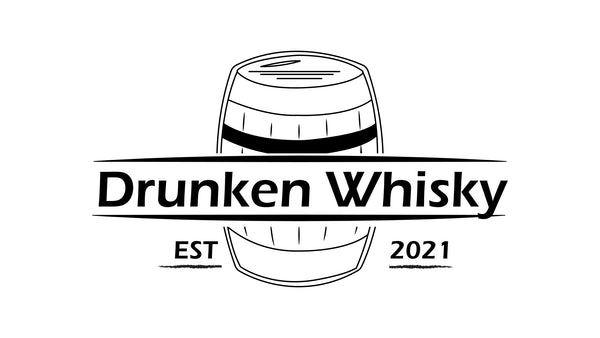
The Secret of Whiskey Cask
Share








All about oak barrels All wine barrels are made of oak. There are two main types of oak used in making whiskey barrels, namely traditional European oak (Quercus rober or Quercus patraea) and American white oak (Quercus alba). outside. Japanese wineries also use Japanese oak, Quercus mongolica, known as mizunara.
European oak grows all over Europe, from Turkey in the south to Russia in the north. Whiskey barrels made of European oak add spicy and woody flavors to the liquor, accompanied by a slightly astringent taste of tannin. American white oak grows in specific areas of the eastern United States and Canada. This wide-grained wood is rich in vanillin. As the wine matures in American oak barrels, it develops a distinct vanilla aroma and makes the wine taste more mellow. .
"American white oak gives the water of life aromas of vanilla, cream and coconut" Alan Winchester, Glenlivet Chief Distiller
The principle that things must go to extremes also applies to the maturation of whiskey. After long-term maturation in new oak barrels, the tannins, lignin, and vanillin in the oak may eventually overwhelm the delicate taste of malt whiskey. Therefore, The Glenlivet Distillery mainly uses barrels that have been previously aged with other spirits or wines, such as the familiar barrels that have been used to hold bourbon and sherry.
Using different barrels to age the liquor can add different flavors to it. Using bourbon barrels to mature malt whiskey can give the liquor a sweet, creamy and silky taste, as well as rich aromas of caramel and vanilla. ; Using Oloroso Sherry barrels to mature the malt whiskey can give the wine a rich nutty aroma and dark ripe fruit flavors.
As malt whiskey is matured in oak barrels more times, the substances in the oak barrel that add flavor to the liquor will gradually fade away. Therefore, the number of times an oak barrel has matured malt whiskey will also greatly affect the flavor of the liquor. .
Whiskey Barrel Size The cooper can adjust the size of the barrel to suit the needs of the distillery. The most common sizes in the whiskey maturation process are 200-liter barrels, which are often used to age bourbon; hogshead barrels, sometimes affectionately called hoggies, are mainly used to store 250-liter new wine, while butts are all The largest oak barrels are 500 liters and are usually used to mature sherry wine.
The surface area of smaller wine barrels in contact with the liquid will be higher, and the maturation speed will tend to be faster. Therefore, the size of the wine barrel is also a key factor when the chief winemaker manages the maturation of the wine.
Making whiskey barrels Oak barrels are round barrels made of small wooden boards with complex curved surfaces joined together. The cooper purchases oak boards from sawmills and cuts them into the correct size to make wooden strips. Traditionally, wine barrels were made from 32 wooden bars, with 15 more used to seal the ends. The cooper heats the wood with fire and bends the wooden board into the correct curve shape, then planes off the excess part, tightly combines the wooden bars in a special way, and finally uses metal bars to tighten the barrel. No additional nails or glue are required, and no varnish or paint is used, as these substances tend to clog the pores of the wood and affect the interaction of the whiskey with the air during maturation.
The cooper will use fire to roast the inside of the oak barrel, converting the xylose into the aroma of vanilla and caramel. As the degree of roasting increases, the aroma of vanilla will become stronger, and the carbon formed inside will be burned. The layer acts like a filter, removing various impurities from the wine, such as sulfur compounds.
At this point, the barrels are ready to be handed over to the winery. The whiskey maturation process can be said to be the result of a perfect fusion of the cooper's technology of making oak barrels and the distiller's knowledge of distillation. The two work together to create a unique flavor unique to the distillery.
